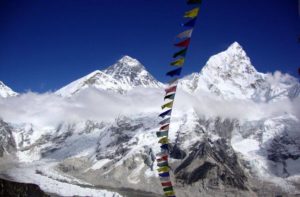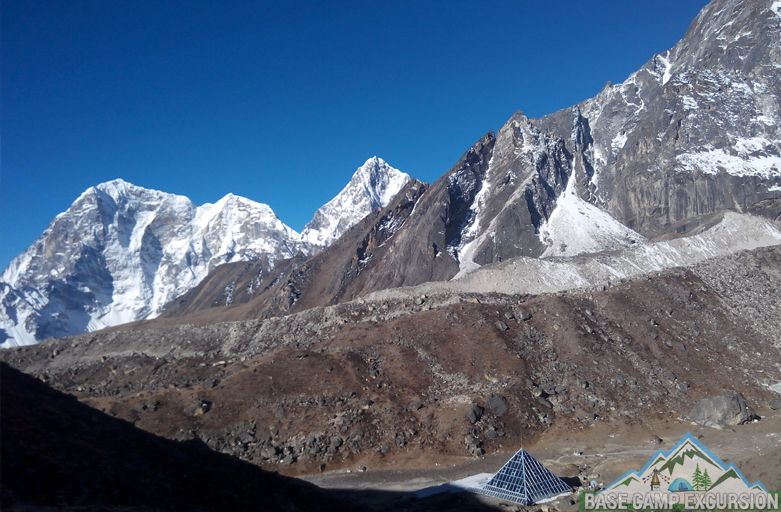Impacts of climate change on Everest base camp trekking routes Nepal
Adverse effects of climate change are seen all over the world, but various mountain ranges have dramatically transformed in last 50 years. Impacts of climate change on Everest base camp trekking routes Nepal is also felt by both the local inhabitants and the trekkers. Temperature is also rising in the Mt Everest area and it causes the ice on the mountain to melt at an alarming rate. Mount Everest base camp climate change results in increased rock fall and avalanches. 
Glaciers are melting, so there is a lack of ice and snow on the peaks. These days, mountaineers are suffering due to the climate change. Now, mountaineering has become a risky activity in many parts of world. This is a major cause of many unfortunate accidents and deaths.
On the peaks of Himalayas, increasing number of avalanches, falling boulders, rising temperature, unstable weather, and unstable ground are some issues that have made mountaineering difficult.
Some major impacts of climate change in Everest base camp trek route Nepal are listed here.
#Changing weather patterns
#Thinning glaciers surface
#Disappearance glacial lakes
#Ice of Mount Everest and nearby peak disappearing rapidly
#Mountains are riskier to climb because of avalanches, rock and ice falls
#Rising temperatures
#Impact on ecosystems
Trekkers can see and feel the effects of global warming on Everest base camp trek route. It seems that issues are going to worsen in the future. It means climate change has made mountaineering risky. Scientists have warned the world that glaciers of Everest are at risk from climate change. Due to the impact of global warming, drastic changes will be experienced in the climate of Everest trekking region.
Impacts of climate change on Everest base camp trek Nepal
Due to the problem of thinning glaciers, development of large glacial lakes and surface or supra glacial ponds, access to the glacier surfaces will be restricted. This will affect most of the trekking routes and adventure activities in the region. 
Scientists warn Everest glaciers at risk from climate change & Melting Everest due to the impact of global warming in the Himalayas. Glaciers are losing volume and becoming thin day by day. Experts can tell you in detail about the effects of climate change on Everest base camp trekking routes.
Decades ago on the Mount Everest, ice would be present at the base camp till the end of May. Now, only running water and open rock is seen in the base camp by April.
Everest base camp trekking routes Nepal are certainly showing signs of climate change. Ice fall is much more unstable because it is getting warmer day by day. So, trekkers need to climb at night. Night climbing is suggested to avoid the seracs that may fall around you during the day time.
It is quite risky to ascend any snow-capped mountain in the afternoon. If you interested to research and observe the impacts of climate change on Everest base camp trekking area email us. we organize research base Mt Everest base camp trek to Khumbu as per your interest.

